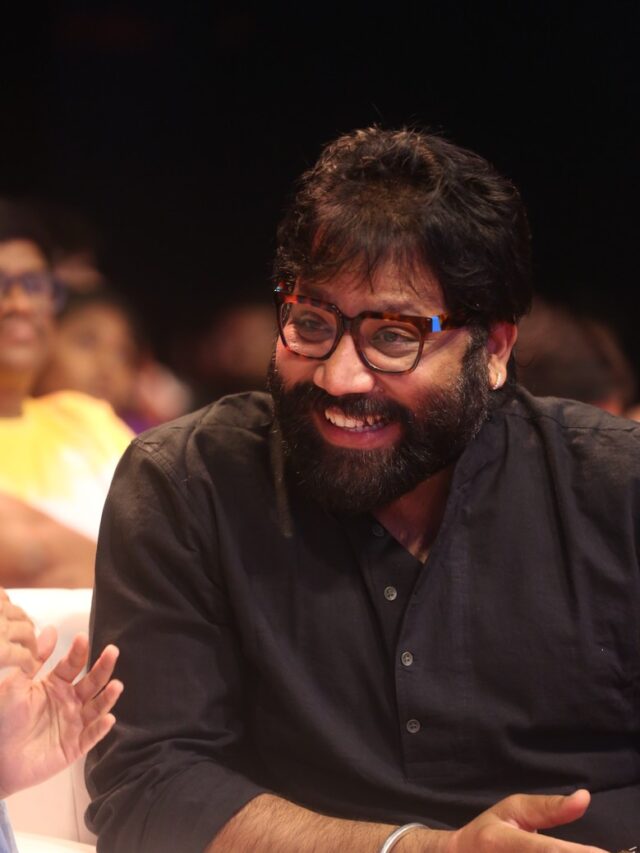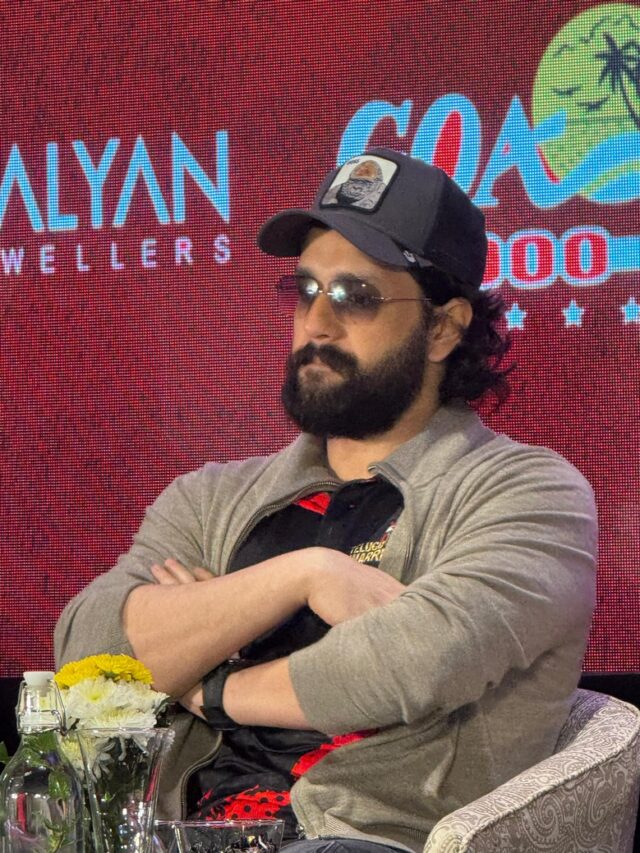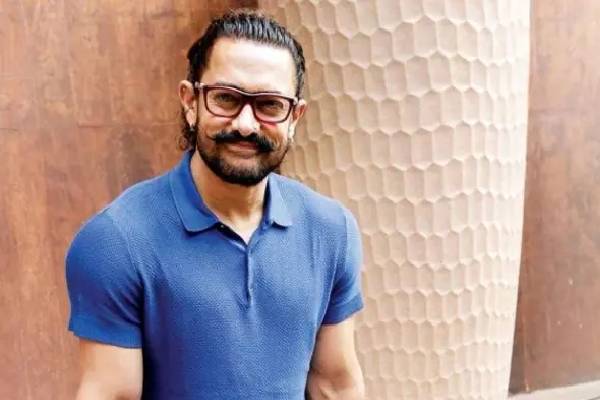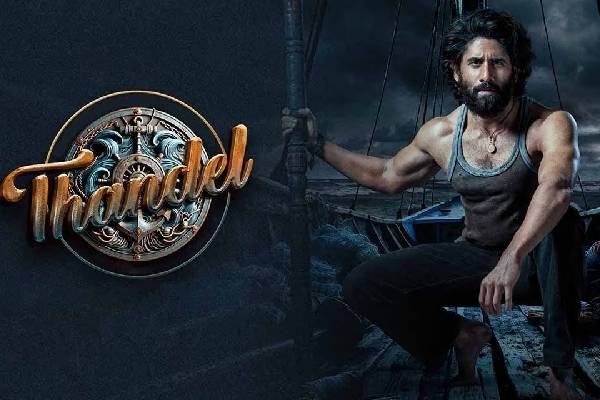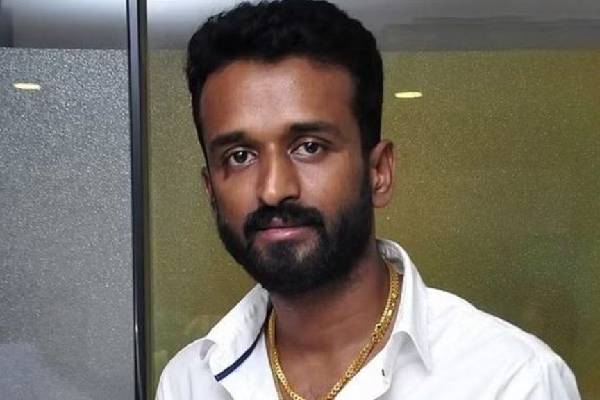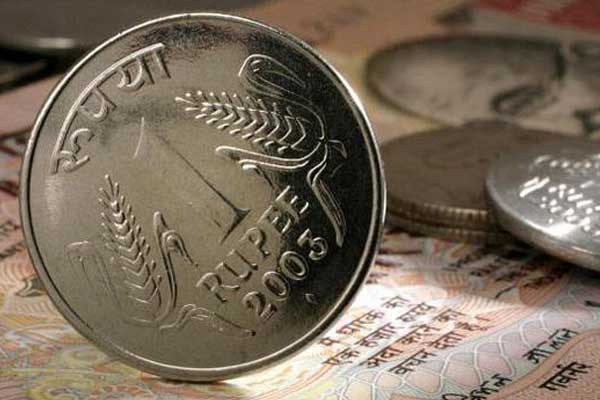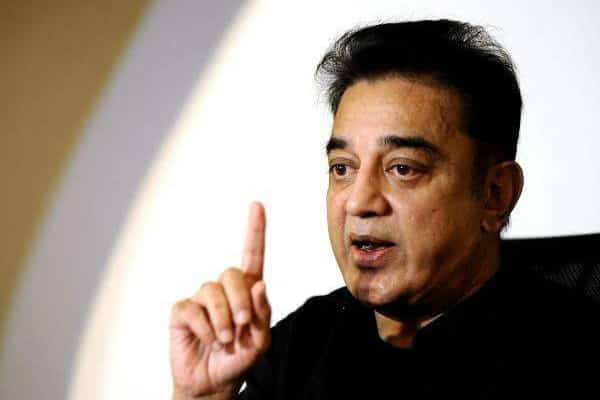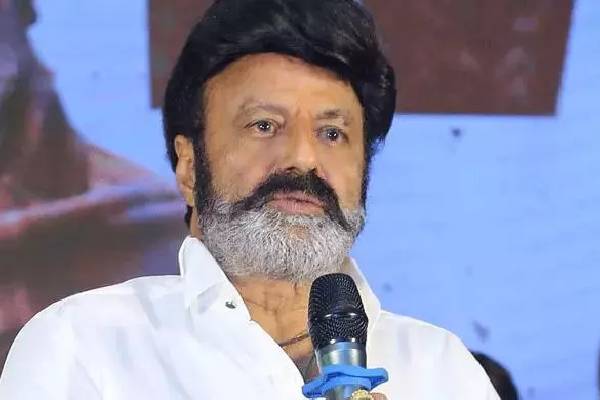Creating a positive perception and a strong political brand even for a mass hero-politician is not an easy job, say brand and perception strategists.
“Today when actors float a party, their on-screen popularity gives them a leg up. But portability of their movie image to real life politician is difficult,” Harish Bijoor, brand expert and founder of Harish Bijoor Consults Inc, told IANS.
According to him, people will start asking so what if an actor comes to politics. An actor can bring the screen imagery to the physical world but after that it is difficult to convert that into votes.
This is where perception positioning of politicians comes into play and the experts in this field are in good demand not only from politicians but also from people who what to build up an image before joining a political party.
Actor-politician Kamal Haasan, after an insipid initial election campaign and unclear positioning during the Lok Sabha polls in Tamil Nadu, turned decisive to position himself as a third alternative to AIADMK and DMK only towards the end, political analyst Raveendhran Dhuraiswamy told IANS earlier.
“While last minute change in positioning may fetch him some additional votes, Kamal Haasan should have clearly positioned him as an angry new politician from the start. He began tweeting against AIADMK government and that momentum should have been maintained,” perception and political strategist Jhon Arokiasamy told IANS.
Arokiasamy was instrumental in building former Union Health Minister and PMK leader Anbumani Ramadoss’ brand perception during the 2016 Assembly elections in Tamil Nadu.
“Unlike a product brand, a human brand is a persona brand. A persona brand needs to be real and alive than an inanimate brand. Political branding is more dynamic,” Bijoor said.
According to him, while branding a human being, the inherent qualities of that person should match with what is being portrayed. If there is a clash between the two images then distrust come in, as brand is basically all about trust.
A variance of 10-15 per cent between the real persona and the branded persona is fine but when it exceeds that, problems arise, warned Bijoor.
“What we do is the perception positioning of a politician. For a human being, image and perception are important. Image is a long-term journey and it cannot be constructed. Brand perception is short term and audience centric,” added Arokiasamy.
A politician should be portrayed close to what he can deliver. He cannot be portrayed as person who can deliver the sky when he can deliver only the earth, Bijoor said.
In the case of movie actors, the problem they would face on entering politics is the transition of their on-screen image to real life politician.
According to Arokiasamy, mass heroes will appeal to all sections of the society. Once a hero starts to appeal to masses, then his movie image is cultivated carefully and transition of that image to politics may not be a big problem.
The problems the current day actor-politicians face is: political ideology, their stand on an issue, party structure, caste and cash.
Arokiasamy said Kamal Haasan said his party’s ideology was the middle-path while Rajinikanth had said he would follow spiritual politics.
“People who backed the AIADMK founder and actor M.G. Ramachandran saw him as their leader and not the Dravidian ideology he was propagating while he was in DMK,” former AIADMK MP K.C. Palanisamy told IANS.
Telugu Desam Party founder N.T. Rama Rao (NTR) was seen as an avatar of Hindu God Rama after his movie roles.
“Actors will not find the political space difficult where there are no ideologies,” Arokiasamy said.
On the importance of being politically correct on a burning issue, Arokiasamy cited Rajinikanth’s statement after the police shooting at anti-Sterlite Copper protestors which brought down his image.
Rajinikanth, after visiting the injured, said Tamil Nadu will become a graveyard if there are protests against every issue.
The other problem for actors is that movie charisma will not click against cash-for-votes scam which is now widespread in Tamil Nadu.
There is a segment which is not influenced by cash. To appeal to that segment brand building, perception positioning gains importance, said the two experts.
The role of a perception strategist does not end with designing various campaigns but also includes convincing his client to change his lifestyle in line with the brand perception that he wants to be known.
“I had a politician-client who wanted to be known as a champion of rural areas in a North Indian state. However, his lifestyle was divorced from the rural lifestyle. He was living in a huge house with multiple swimming pools and other luxuries. He was advised to change his lifestyle to be in line with the populace with whom he wants to be identified. He did change,” Bijoor said.
“Even aspiring politicians too want to build up an image before joining a political party. Sometime back a professional specializing in the real estate sector came to me to brand him so that when he joins a political party, the reception will be at an elevated level,” Arokiasamy said.

